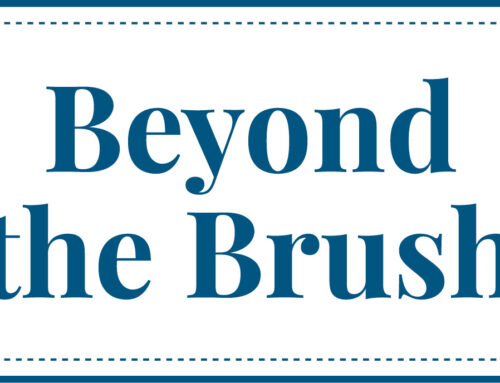Goedecke Flooring & Design Center was opened by George Goedecke in 1923 in Bedford, New Hampshire. Paint & Decorating Retailer spoke with co-owner Peter Goedecke about caulks and sealants.
Caulks and sealants may not have high margins, but they are instrumental to the home improvement industry and are necessary products to stock for your operation to become a one-stop shop, Goedecke says. Goedecke Flooring & Design Center tends to cater to high-caliber professional customers due to its high-end location, so stocking top-shelf products that hold up and make their contractors’ clients happy is of utmost importance, Goedecke says.
Inventory Check
3 Best Practices for Product Selection
Quality First
Goedecke Flooring & Design Center stocks only high-quality caulks and sealants for its customers, Goedecke says. While these products tend to be more expensive, stocking higher-end caulks and sealants ensures that projects are successful and customer satisfaction is high, Goedecke says.
Climate Counts
When stocking and selling caulks and sealants, consider the climate in the area and how it translates to customer needs, Goedecke says. “New England’s climate causes a lot of movement in the structures in our area, so we encourage our customers to avoid fast-drying products because they tend to be less flexible,” Goedecke says.
Color is Key
The design segment of the business necessitates extensive color options, Goedecke says. The store carries around 30 different colored silicone caulking options, along with paintable and tintable options for any other color-matching needs, Goedecke says.
“Some of our professional painters like to use tintable caulking for touch-ups on new construction,” Goedecke says. “It’s a quick fix that allows them to avoid any repainting.”
Giving Guidance
If a DIYer comes in with a caulking project, ask them these three questions to be sure you can lead them to the right product.
- Where will it be applied?
- What type of surfaces will be bonded or caulked?
- How much stress or movement will be placed on the joint?
When they’ve selected the product they’re looking for, give them these five tips.
- Push, don’t pull, the gun along the gap.
- Tool the joint to finish and clean it up. Use a wet finger or putty knife for acrylic and a soapy finger for silicone.
- Wipe away excess with a rag. Use a wet rag on acrylic and a dry rag on silicone.
- Prime and sand bare wood and sheetrock before caulking.
- Cut the caulking tip small to avoid overfilling the crack.
Sources: NHPA Product Knowledge Resources
Meaningful Benefits
Discover more product knowledge by becoming a Premier NHPA Member here.






